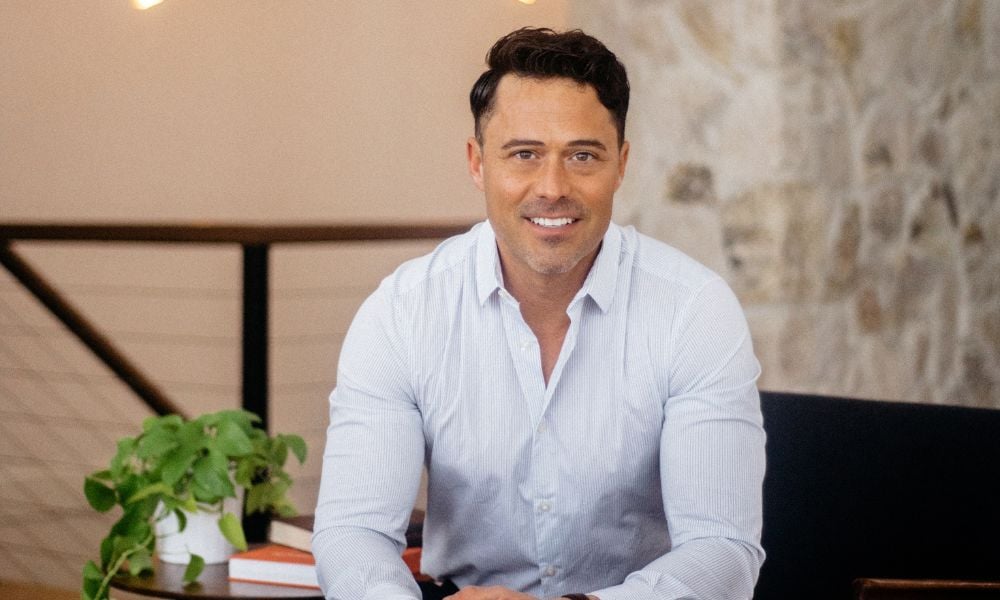80% of Canadians donate leftover money; advisors can help them have more impact with wills and insurance policies

While 80% of Canadians give to charity, they tend to give cash left on hand at the end of the month or year. But, they could increase their strategic giving and make more impact if financial advisors discussed how to donate through their wills when they’re having their client discovery sessions.
“We all use needs analysis tools, whether on paper or on the computer,” Magid Girgis, a certified financial planner with Safebridge Private Wealth told Wealth Professional. “We ask clients about financial information – assets, liabilities, expenses – and find out about cash flow – food, clothing, shelter, and housing. Charitable giving is just another potential expense line.
“So, when they start to indicate numbers and their giving to certain charities, then it opens up the conversation, not necessary for that initial discovery meeting, but within future conversations. You can start to incorporate that little tidbit into your retirement and estate planning conversation. So, I would say just make it part of your discovery meeting.”
The call for Canadians to increase what they commit to charities is part of the Canadian Association of Gift Planners’ (CAGP) second annual national Willpower campaign. Laurie Fox, its campaign director, said it wants to increase the number of Canadians giving to charities through their wills from 5% to 8.5%. Its goal is to raise $40 billion in the next ten years, as Britain has done. Similar campaigns are operating in 20 other countries.
“It’s charities who actually deal with these issues – environmental crisis, international crises, and economic disparity – but funding hasn’t kept pace,” Fox said. “So, one way in which we, as a country, can help is by giving in different ways, such as life insurance and wills.”
Girgis said half his clients have indicated they’re philanthropic. While it may initially arise during discussions of how to reduce taxes, it can be a very emotional topic for those whose lives or families have been changed by universities or hospitals, even if they hadn’t thought to change their wills.
Fox encouraged advisors to tell clients that “dedicating even 1% of your estate – or even 5% of your estate – can make a big difference.” CAGP’s research shows the biggest barrier for Canadians leaving such a gift is that hey felt they would be taking from their loved ones. “So, if you can show them that 99% of your estate is still left for loved ones and 1% is for charity, that’s a great way of opening up the conversation.”
Girgis said that most Canadians tend to underestimate their estates and the tax they must pay on it. So, when the philanthropic discussion gets more detailed, advisors can aid clients by looking at that potential lability as well as the beneficiaries to whom they want to leave their assets.
“Our job is to show them how they can reduce their tax liability, but also be able to pass on their legacy, not only to a charitable organization or foundation, but to their families,” he said. “So, that’s why I’m saying it’s a really comprehensive and complicated process because it could be very simple, or you could be dealing with lots of different types of assets. But, the bottom line is we’re going to show them different ways of passing on money to different avenues and, ultimately, we’re going to try to reduce their tax as much as possible.”
Girgis recommends advisors also learn how to incorporate beneficiaries for different registered or non-registered assets as well as better use life insurance as part of an estate plan since its benefits aren’t taxed so can offset the value of the gift.
Broadening this discussion with advisors’ clients can be a win-win for everyone.
“Using these methods,” said Fox, “can make a bigger difference than your clients could ever make during their lifetime.”
Magid Girgis is a CFP and these are his personal opinions. His CFP services are provided through Safebridge Financial Group, insurance and segregated funds through Qualified Financial Services, and mutual funds through Carte Wealth Management Inc.



